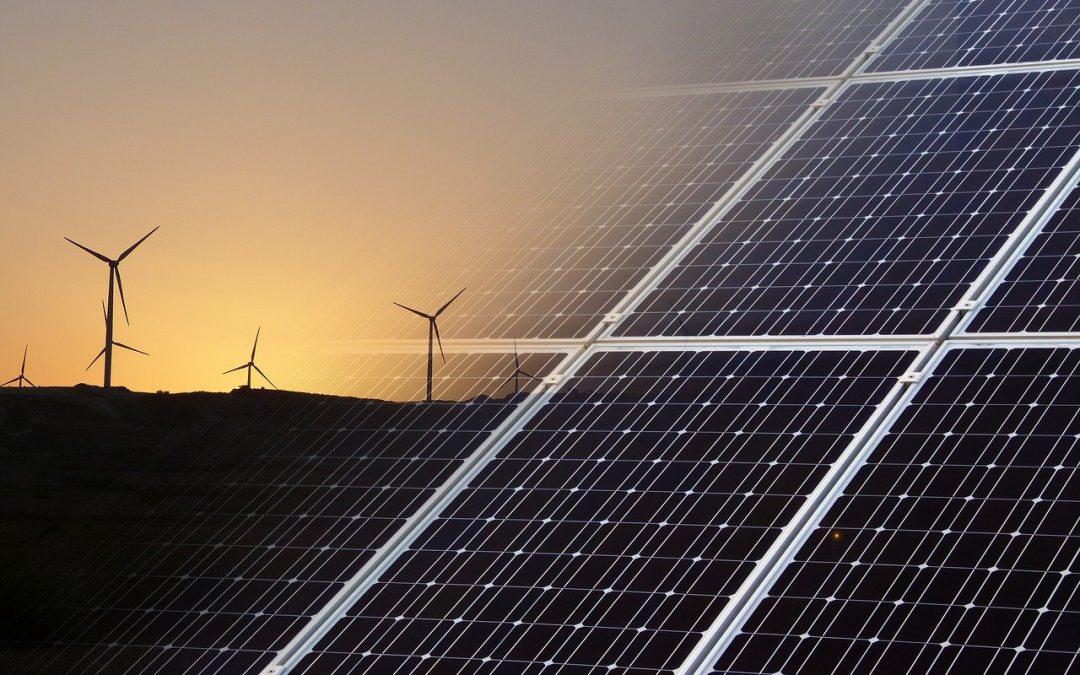As we come to the end of an election year, we are looking ahead to the future of solar energy.
With the election of a presidential administration whose main priorities include environmental protection, it’s likely we will see new policies that directly affect sustainable energy solutions, like ours.
The new administration has created extensive climate policy, with steps they plan to take within their first year of leadership. Many of these steps could call for an increase in sustainable energy installations, including commercial and residential solar. Here’s what we’ve learned about the new administration’s climate policy and how their plans for renewable energy could affect Minnesota solar energy.
Biden’s Stance on Renewable Energy
Biden’s climate policy includes a $1.7 trillion investment in clean energy and green jobs, and calls for an end to fossil fuel subsidies and a ban on new oil and gas permits on public lands. He also intends to rejoin the Paris Agreement and achieve net-zero emissions.
Solar Energy’s Impact on Economic Prosperity
Solar energy and other sustainable sources are mentioned throughout the Biden administration’s plan for environmental justice. The new policies suggest the use of clean energy as both a necessary component to minimize climate change and as an opportunity to bolster the national economy:
“We have to get rid of the old way of thinking that the clean economy and jobs don’t go together. They do. There are currently more than three million people in the United States employed in the clean energy economy. But, there is a huge opportunity to revitalize the U.S. energy sector, boost growth economy-wide, and re-claim the mantle as the world’s clean energy leader and top exporter.”
The clear focus is to further renewable energy efforts: a draft platform of the new administration calls for the installation of 500 million solar panels over the next five years to strengthen the country’s energy infrastructure.
Maintaining a Thriving Solar Economy
Solar is becoming more affordable and is in much higher demand due to recent efforts of state and federal politicians who have invested in solar. As a result, The Bureau of Labor Statistics forecasts solar installers to be the fastest growing occupation through 2026, at an increase of 105%. The new administration plans to continue supporting growth in the solar industry.
The future plans for clean energy and sustainability are great news for solar and other forms of renewable energy and we will likely see increased research of solar, which will lead to developments in the efficiency of these systems. We may also likely see additional tax incentives for solar energy continue.
If you’re interested in taking advantage of current grants and rebates for businesses or residential solar, you can reach Cedar Creek Energy’s team of Minnesota solar installers at (763) 432-5261.

